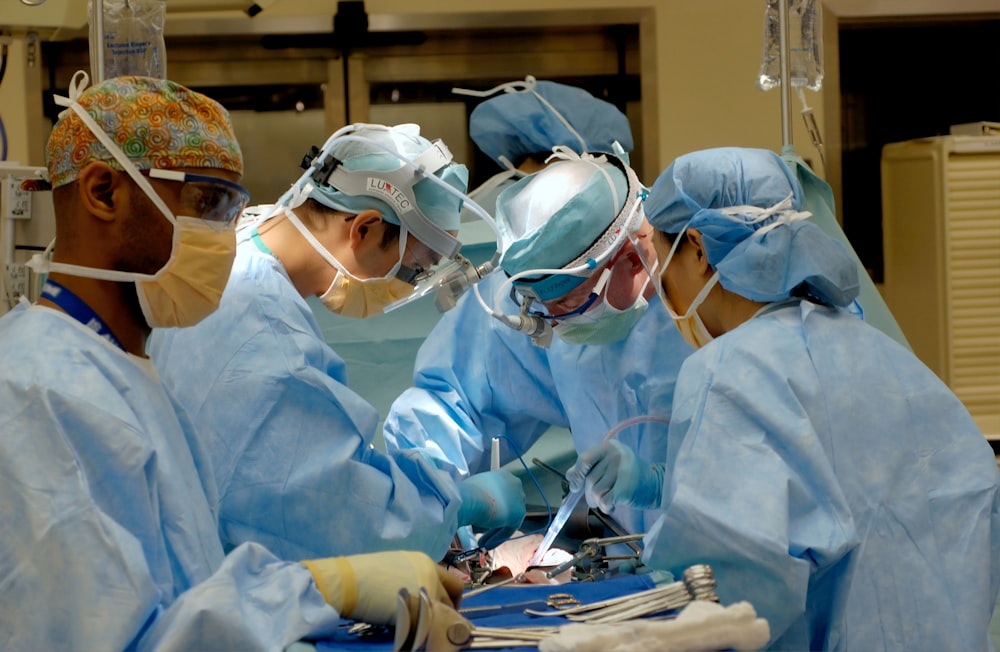目次
CPMの使用はROMには関連しないがTKA後の血腫を減少させる?
以前は人工膝関節全置換術(TKA)後にはCPMを用いて関節可動域運動を行う病院が多かったと思います.
CPMに関してはガイドラインでもその使用の有無が長期的なアウトカムとは関連しないことが明らかにされており,昨今はCPMを使用しない施設も増えてきております.
しかしながらCPMの使用はまったく意味が無いのでしょうか?
今回はCPMの使用はROMには関連しないがTKA後の血腫を減少させることを示唆する研究論文をご紹介させていただきます.

今回ご紹介する論文
J Orthop Surg Res. 2022 Jan 15;17(1):25. doi: 10.1186/s13018-022-02916-w.
Continuous passive motion not affect the knee motion and the surgical wound aspect after total knee arthroplasty
Sergi Gil-González 1, Ricardo Andrés Barja-Rodríguez 2, Antoni López-Pujol 2, Hussein Berjaoui 2, Jose Enrique Fernández-Bengoa 2, Juan Ignacio Erquicia 2, Joan Leal-Blanquet 2, Xavier Pelfort 3
Affiliations expand
PMID: 35033133 PMCID: PMC8760645 DOI: 10.1186/s13018-022-02916-w
今回ご紹介する論文は2022年に掲載された論文です.
研究の目的
Background: This study aimed to assess whether use of continuous passive motion (CPM) could improve range of motion in patients after total knee arthroplasty (TKA), if it could affect the surgical wound aspect (SWA) and if it could influence on pain management after TKA.
この研究ではcontinuous passive motion(CPM)が人工膝関節置換術後症例の可動域を改善するかどうか,術創部の治癒に影響を与えるかどうか、TKA後の疼痛管理に影響を与えるかどうかを明らかにすることを目的としております.
研究の方法
Methods: We randomized 210 patients in two groups, 102 patients in the CPM group, who received a standard rehabilitation protocol together with CPM application; and 108 patients in the no-CPM group, without CPM. Variables as knee motion (flexion, extension, range of motion) and pain were measured before surgery, on the 1st, 2nd and 3rd postoperative day, and in the 2nd, 6th, 12th and 24th postoperative weeks following TKA. The SWA was determined by the “surgical wound aspect score” (SWAS) in the next 48 h after surgery. This scale analyzes swelling, erythema, hematoma, blood drainage and blisters.
210例の症例を標準的なリハビリテーションプロトコルとCPMの適用を受けるCPM群102例とCPMを適用しないno-CPM群108例の2群に無作為に割り付けております.
術前,術後1,2,3日目,術後2,6,12,24週目に膝関節可動域(屈曲,伸展)および疼痛を評価しております.
術創部の治癒は術後48時間の “surgical wound aspect score”(SWAS)により判定しております.
この尺度は腫脹,紅斑,血腫,排血,水疱を分析する尺度となっております.
研究の結果
Results: There was an improvement in the knee motion over the course of follow-up in both groups, without significant difference in flexion parameter. We found no significant differences in the total score of SWA, except for hematoma, with less severity in the CPM group. Furthermore, we found no differences in the others SWAS parameters and pain.
両群とも経過観察中に膝関節運動の改善が認められておりますが,屈曲可動域に有意差は認められませんでした.
また術創部の治癒のトータルスコアでは,血腫を除きCPM群で重症度が低く有意差は認められませんでした.
さらにその他の術創部の治癒に関する項目や疼痛にも有意差はみられませんでした.
研究の結論
Conclusions: The application of CPM does not provide benefit to our patients undergoing TKA in terms of either improved flexion mobility or decreased pain. No relationship was found between the use of CPM and the global score of SWA following a TKA, except for a decrease in hematoma appearance.
CPMの使用はTKA症例に対して,屈曲可動域の改善や疼痛の軽減という点では有益ではありませんでした.
またTKA後の術創部の治癒に関する全体得点とCPMの使用との間には,血腫の出現を減少させる以外には関連性は認められませんでした.
今回はCPMの使用はROMには関連しないがTKA後の血腫を減少させることを示唆する研究論文をご紹介させていただきました.
やはりこの論文でも関節可動域には有意差はありませんでしたね.
術後の血腫を減少させるといった点に長期的に見ればどこまで意味があるのかといったところがCPMを使用する意義を考えるうえで大きなポイントになりそうですね.






